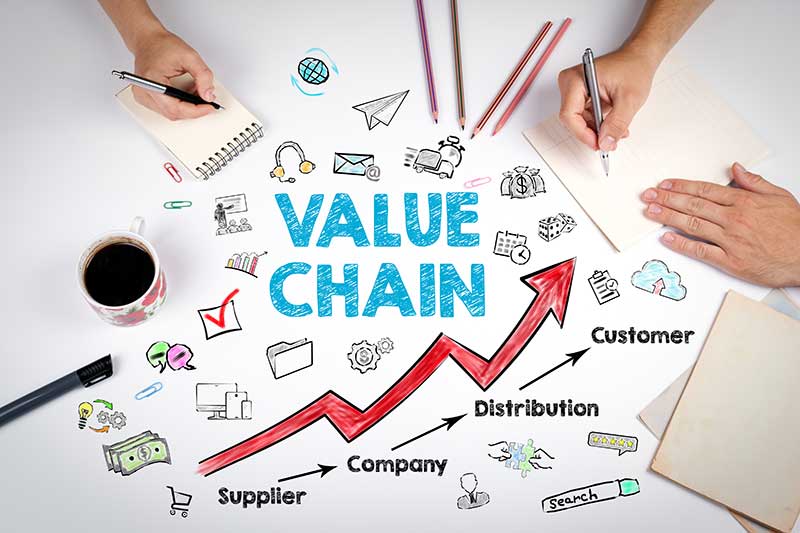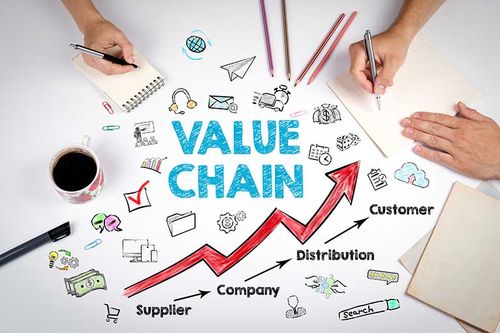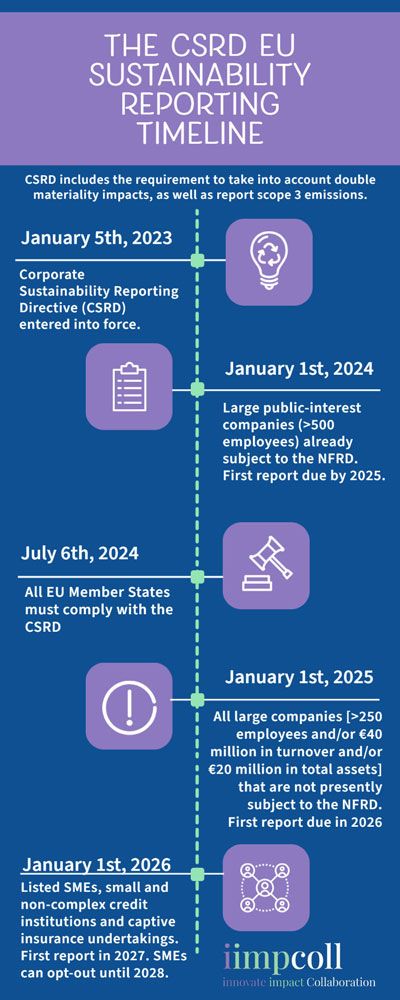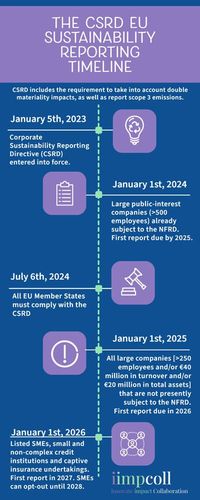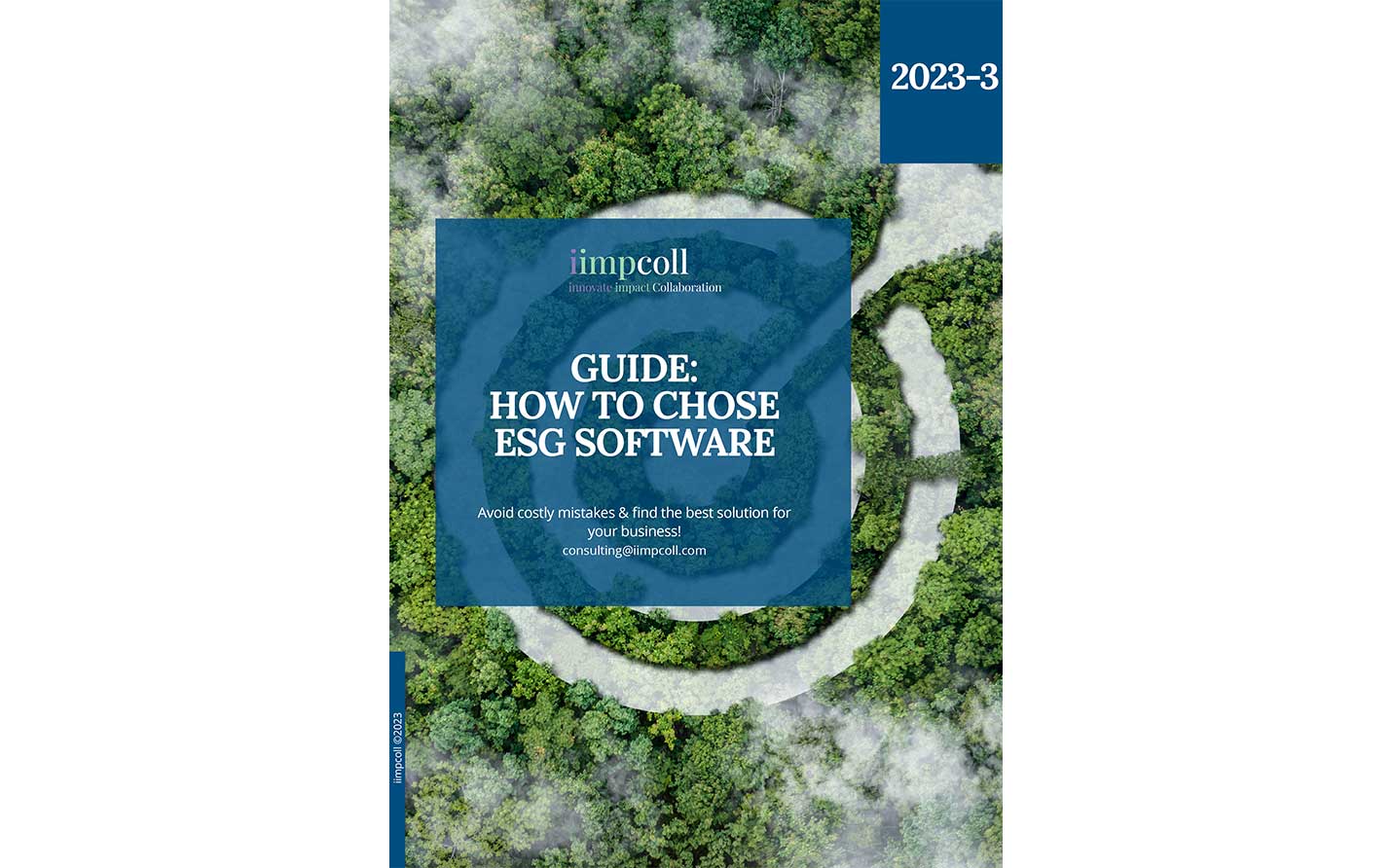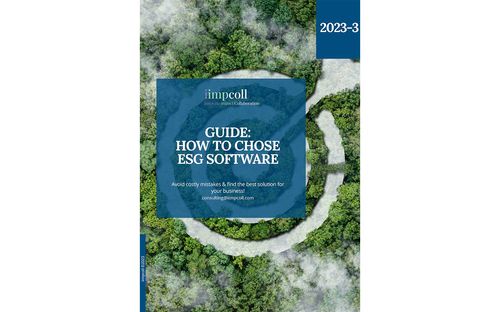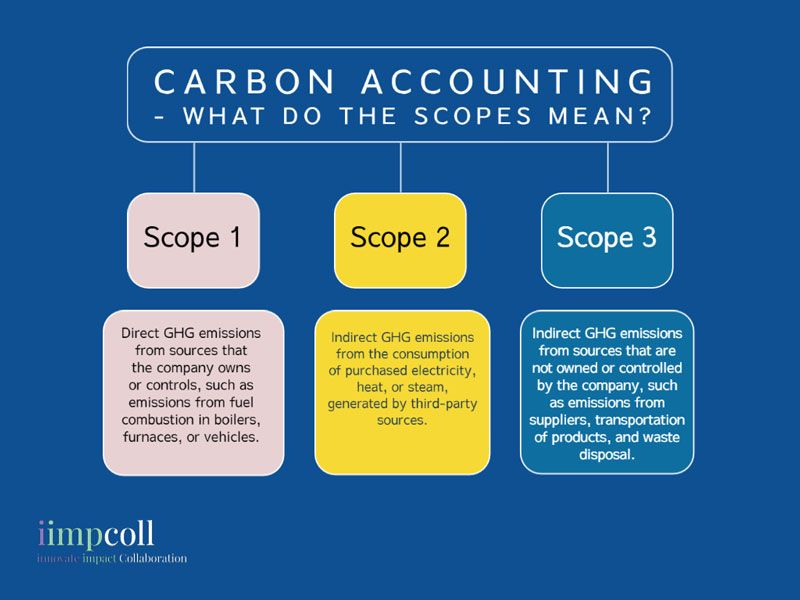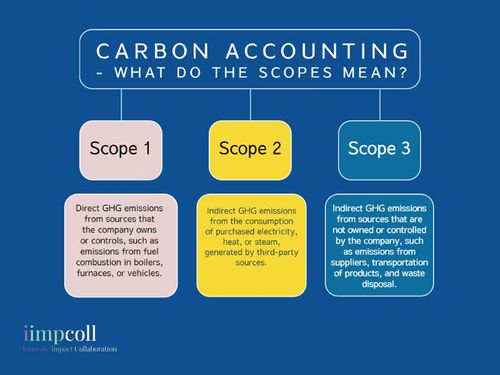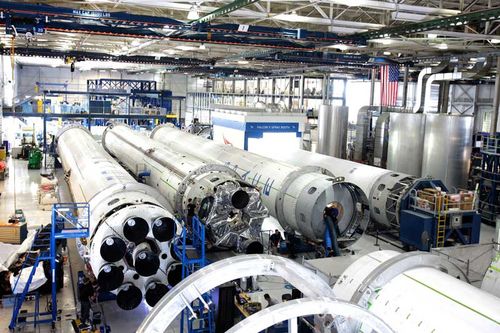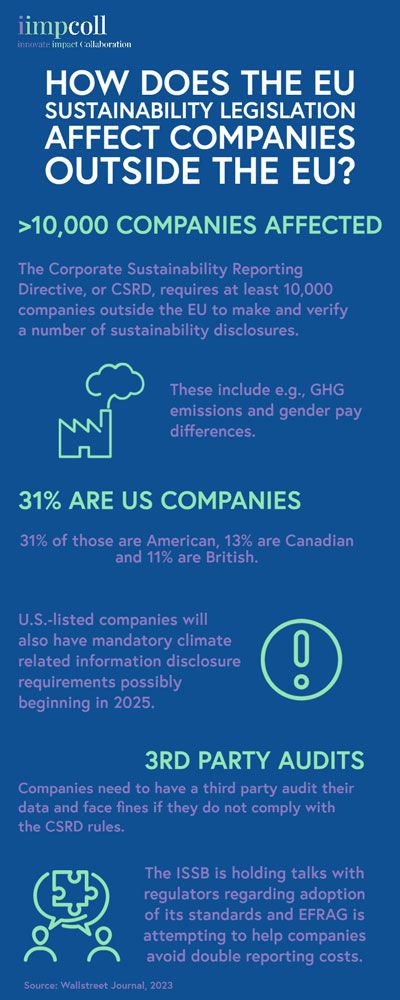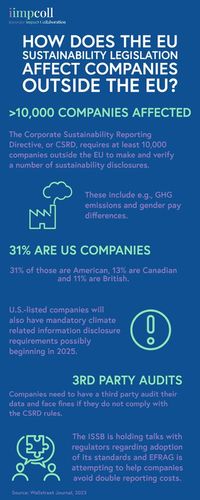Step 4: How to set your Scope 3 boundary
Firstly, it is crucial to establish the organizational boundary. This is done using the three consolidation approaches found in the GHG Protocol Corporate Value Chain (Scope 3) Accounting and Reporting Standard: equity share, financial control, and operational control (detailed explanation here).
Establishing an organizational boundary for Scope 3 is crucial. Consistency in this decision is essential across inventories for Scope 1, Scope 2, and Scope 3. These approaches, based on financial accounting principles, aim to align financial and carbon accounting terms to address greenhouse gas (GHG) emissions as future liabilities and emission allowances.
The term "organizational boundary" refers to defining business entities and assets within a company's inventory. It encompasses financial and legal structures such as joint ventures, subsidiaries, and wholly-owned operations. The organizational boundary plays a vital role in determining emissions.
When companies have complete ownership of their operations, the organizational boundary remains consistent regardless of the approach used. However, businesses with intricate structures, such as oil companies with partially owned assets, will have different organizational boundaries based on the chosen approach, consequently impacting emissions.
The fundamental principle guiding the selection of an organizational boundary is to encompass the majority of operations. Additionally, the organizational boundary affects the classification of emissions into direct and indirect categories, outlining the sources of emissions attributed to each category.
To identify Scope 3 activities, including purchased goods and services, sold goods and services, and relevant value chain partners, it is advisable for companies to map their value chain. This process serves internal purposes and provides valuable insights for inventory management.
It is important to note that certain Scope 3 categories, such as leased assets or franchises, may not be applicable to every company. In such cases, companies have the option to report zero emissions or designate the category as "not applicable." Moreover, if companies engage in Scope 3 activities but face data limitations or constraints in estimating emissions, it is crucial for them to disclose and provide a justified explanation for any exclusions made from the report.
When deciding whether to exclude activities from the Scope 3 inventory, companies must adhere to the principles of relevance, completeness, accuracy, consistency, and transparency. It is of utmost importance to avoid excluding any activity that may compromise the relevance of the reported inventory. The Scope 3 inventory should accurately reflect the company's greenhouse gas (GHG) emissions and meet the decision-making requirements of both internal and external stakeholders. Furthermore, any activities expected to have a significant contribution to the company's total Scope 3 emissions should not be omitted.
While achieving 100 percent completeness in value chain mapping may not always be realistic, companies can establish policies to develop representative lists of purchased products, sold products, and suppliers, thereby ensuring a comprehensive approach rather than an exhaustive one.







